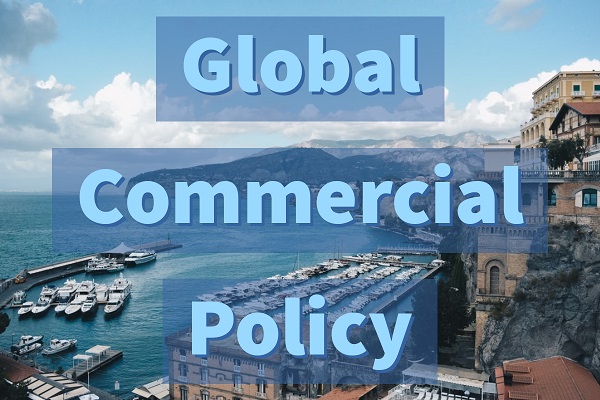Global Commercial Policy –
Commercial policies are the policies related to the imports and exports of a country. Commercial policy plays a vital role in promoting growth and well being of the people of a country. Before 1947, the countries were free to impose tariffs on the imports.
But when one country raised tariffs to protect domestic industries and to promote employment at home, other countries retaliated and raised their tariffs too. This tariff war resulted in reduction in world trade and lowered the output and efficiency of production. So, it realized that to improve productivity and national income of all the countries free trade between countries should be promoted and for that, tariffs imposed by different countries must be reduced.
Types of Regional Agreements –
The first step in liberalisation of trade among countries has been the regional agreements between a small number of countries. A small number is countries agree to reduce or eliminate tariffs on each other’s imports and liberalise trade among them.
North American Free Trade Agreement (NAFTA) was the trade agreement between some countries of North America which agreed to reduce and ultimately eliminate tariffs on the imports of member countries.
Another important regional agreement is in between a number of European Countries which is called European Economic Community (EEC) or European Union (EU). To gain from trade, they removed tariffs on the imports of member countries.
European Union is a highly successful common market. Member European Countries have achieved a high degree of economic integration. They have eliminated tariffs on imports of member countries and also have allowed free movement of capital and labour among the member countries. The European Union is a powerful economic bloc whose cm a in objective has been to compete with Japan and The USA. They pursue a common agricultural policy which subsidises their agricultural products and guarantees farm prices to protect the interest of their farmers. Since 1999, through an agreement, a common currency, called ‘Euro’ has been introduced.
The standard forms of regional trade agreements are –
1. Free Trade Area (FTA)
2. Customs Union (CU)
3. Common Market (CM)
4. Economic Union (EU)
